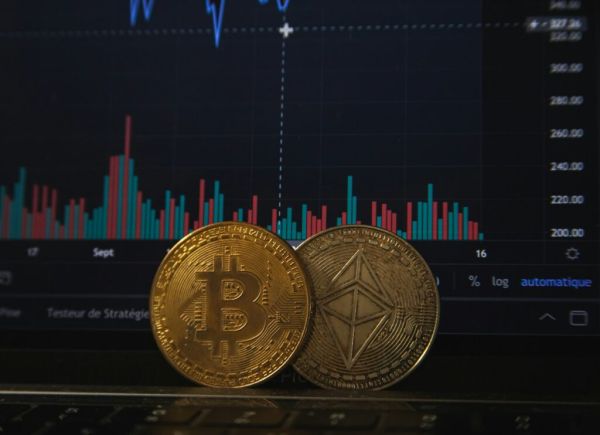
To enforce transparency and compliance, the FIU maintains a dynamic list of platforms that have not registered with them. In addition, the Finance Act of 2022 introduced Section 194S to the Income Tax Act, mandating a 1% Tax Deducted at Source (TDS) on all VDA transfers, including those involving international entities, provided the income is taxable in India.
Chaudhary also pointed to existing Reserve Bank of India (RBI) advisories warning the public about the risks of dealing in crypto assets. These advisories highlight concerns across various domains, including financial stability, security, and legal implications, though they stop short of addressing individual platforms.
Regarding taxation, Section 115BBH, introduced in the fiscal year 2022–23, imposes a flat tax rate on gains from VDA transactions. According to the minister, tax collected from such income rose from ₹269.09 crore in 2022–23 to ₹437.43 crore in 2023–24. The government is actively leveraging data analytics, tools like the Non-Filer Monitoring System (NMS), and Project Insight to detect tax evasion and correlate transaction data with income tax returns.
Chaudhary further highlighted ongoing efforts to build institutional capacity for investigating digital assets. This includes specialized training for tax officers in digital forensics, blockchain analysis, and legal handling of VDA transactions. Sessions are conducted at national and local levels, often in collaboration with institutions such as the National Forensic Science University (NFSU) in Goa.
While cryptocurrencies may still be operating in a legal grey area in India, the government is steadily building the infrastructure to monitor, tax, and eventually regulate the digital asset landscape.